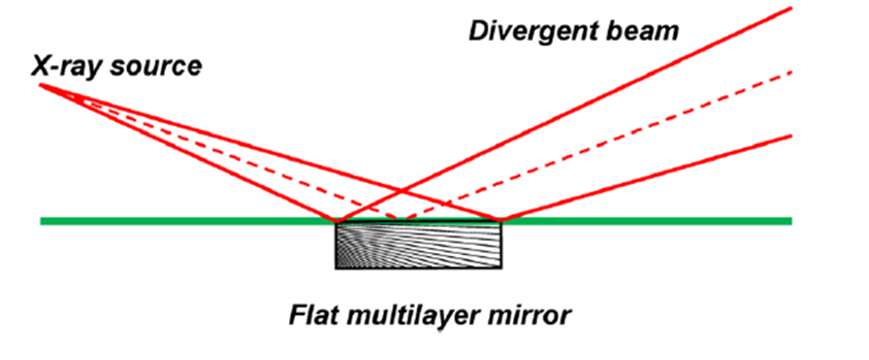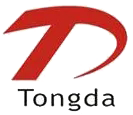
The core technology of XRD is the CBO optical path
2023-10-04 10:00In XRD testing, there are two common optical paths, the focusing path and the parallel path, which are used for the measurement of powders (blocks) and films, respectively. The full name of the focusing optical path is Bragg - Brentano optical path, so it is also called BB optical path. As shown in Figure 1, in the BB optical path, the X-ray generator and detector are on the same circle, and the X-rays are also focused on this circle, and the X-rays irradiated on the sample are divergent. The full name of the parallel beam optical path is parallel beam optical path, so it is also called PB optical path, and the X-rays irradiated on the sample are parallel.
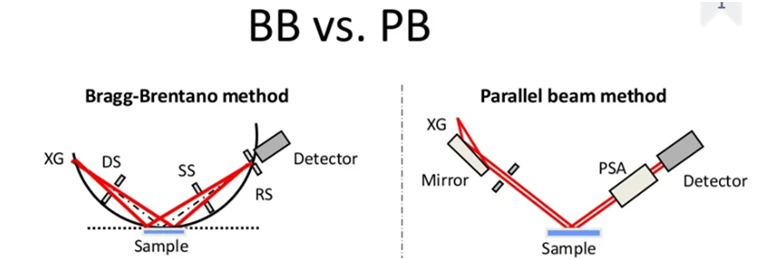
In practical use, how can two optical paths be achieved on the same instrument, and do not require complex adjustments? The Rigaku Patent CBO (Cross Optical Path) can fulfill this mission.
1. How does the CBO optical path achieve parallel light?
The parallel optical path of the CBO optical path has a mirror whose surface is part of a paraboloid, and if the X-ray source is in the focus position of the paraboloid, there will be a beam of light to infinity at any point on the mirror (Figure 3). In addition to the parabolic design, the mirror is also a periodic multilayer structure (Figure 4) whose period is continuously graded. By precisely designing these periods, only coherent rays that conform to Bragg's equation emerge, which greatly monochromizes the incident light.
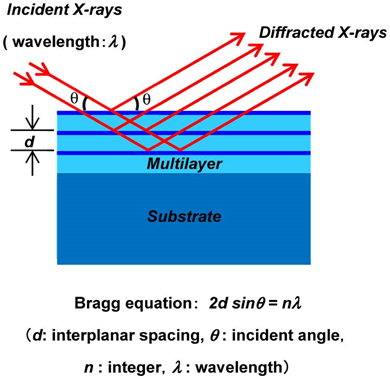
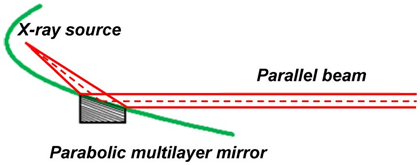
2.CBO optical path variant 1: CBO-E
If the absorption coefficient of the sample itself is relatively small, the transmission method can be used to solve this problem. The light used at this time is concentrated light. In Figure 5, the X-ray source and detector are located at two focal points on an elliptic surface, and the multilayer mirror is on the ellipsoid, so that the light from the X-ray source is diffracted through the multilayer into a converged light that passes through the sample to be measured and is finally focused on the detector. What the detector receives is the diffraction signal transmitted through the sample. This light path is very useful in drug research.

3.CBO optical path variant II: CBO-α (Figure 6)
For fine quantitative analysis, a well monochromatized light source is required. At this point, a CBO-α optical path, a multilayer flat mirror, can be used between the light source and the sample, and the outgoing light is a slightly divergent, monochromatic X-ray. This monochromatizing method avoids the jump in wavelength caused by the direct use of the Kβ filter, and is beneficial to reduce the fluorescence effect. With Co target, Fe series samples with better peak-to-back ratio can be obtained.
